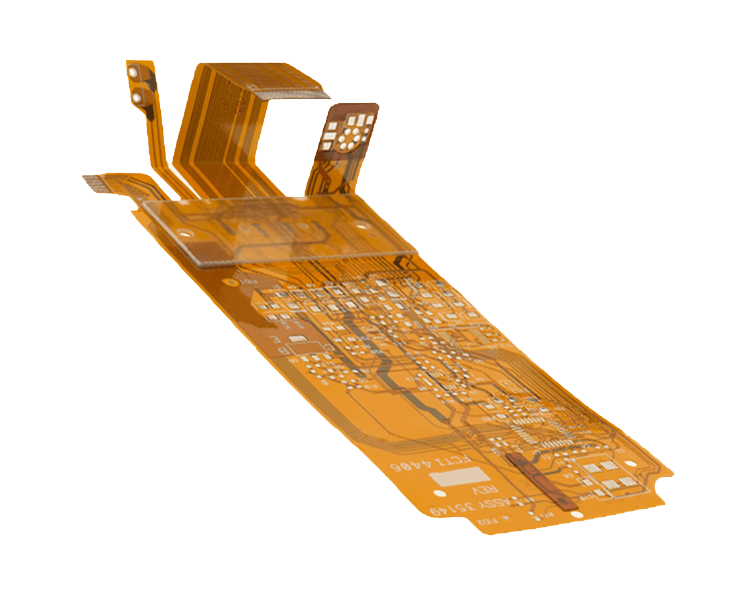
The manufacture of flexible PCBs involves several complicated steps, and extreme care must be taken. Some design or manufacturing defects can cause the entire circuit board to fail.
During the PCB manufacturing process, please follow the precautions listed below:
- Use the right type and quantity of materials to maintain “flexibility”. For example, if an application requires a 6-layer rigid-flex PCB that will bend during assembly and then should be kept in a fixed position, the correct type of copper and adhesive must be used.
- It is recommended to keep the circuit small. It is better to use a set of smaller circuits rather than a single larger circuit.
- It is not a good habit to bend flexible circuits around corners. However, some design situations require bending at the corners. In this case, you can make a gentle bend or use a conical radius bend.
- The copper used in the 6-layer rigid-flex board is easy to fall off the substrate. Therefore, it is essential to provide support for the copper to prevent its separation. Even if you are using surface mount pads and non-plated pads, you should consider using them with some other measures, such as fixing the cover mask to the pads.
- The recommended tolerances must be adhered to as closely as possible.
- It is best to avoid laying traces on each copper layer in the same direction. It is recommended to stagger the wiring to distribute the tension between the copper layers evenly.
- It is recommended to carry a power or ground plane on the flexible circuit to enhance/maintain the flexibility of the circuit board. You can consider using solid copper casting or shaded polygons.
In order to produce reliable rigid-flex based products, you must be careful enough to pay attention to details. Otherwise, the final assembly may not provide the expected functionality and durability. By following the above recommendations, these troublesome situations can be avoided.
